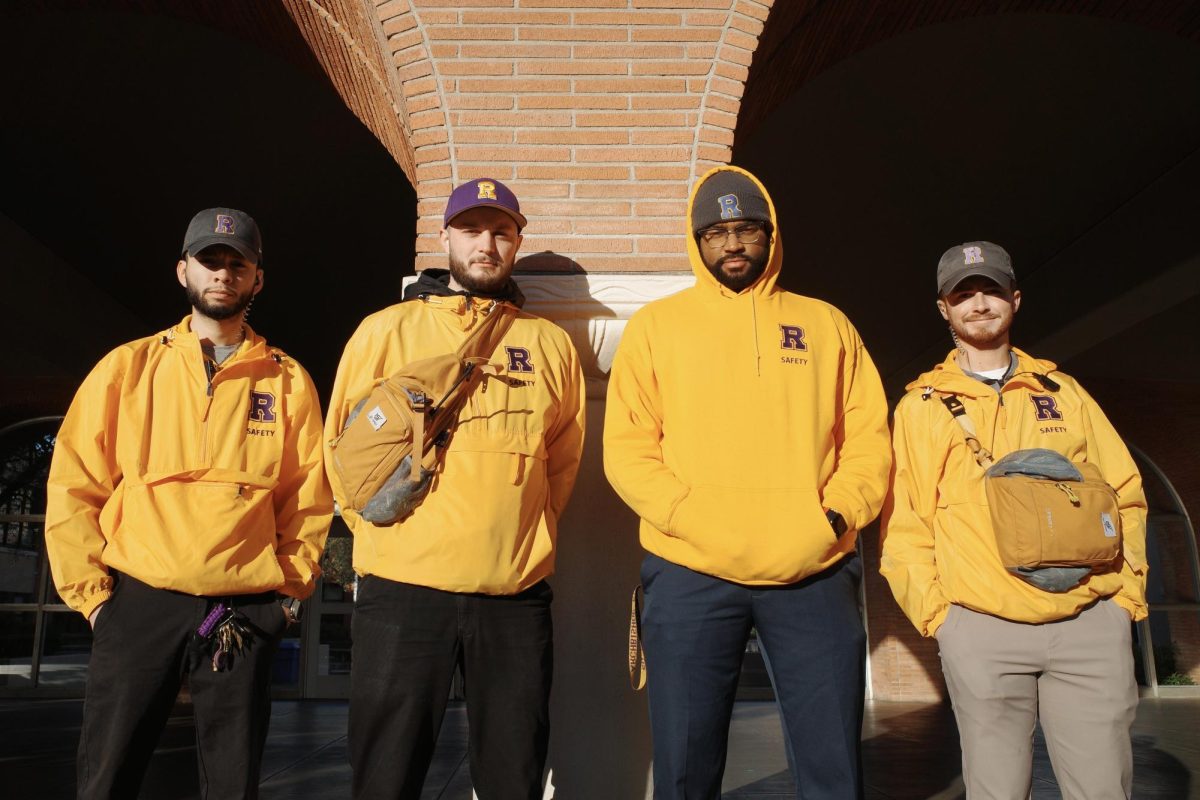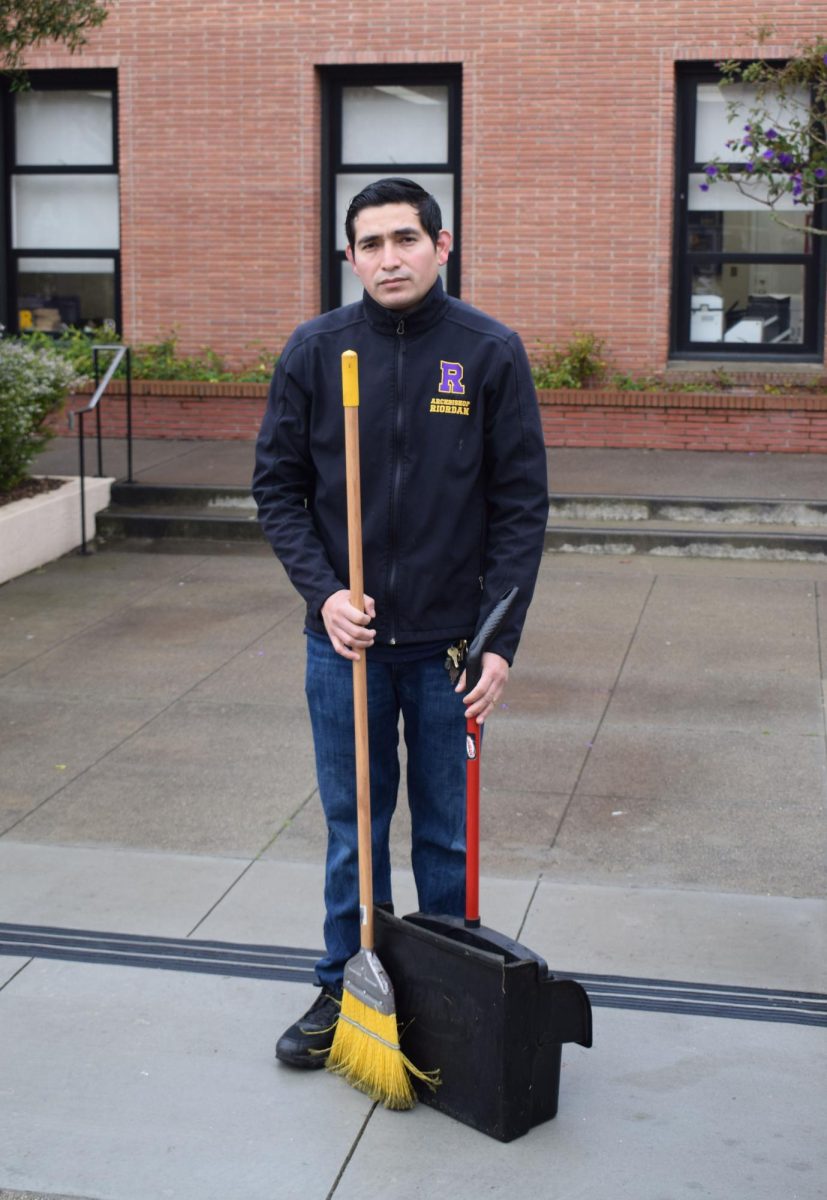Some may know it as the legendary grounds of the most infamous criminals, while others see it as a tight-knit security prison. Either way, Alcatraz has a reputation that precedes it. Having held captives since the Civil War, this prison on an island located in the middle of San Francisco came to be a well-guarded, secure prison from 1934 to 1963.
Even with high security in place, prisoners made a total of 14 separate escape attempts. Majority of the 36 escapees were caught and faced penalties. Scarlett Borges, a sophomore who visited Alcatraz said, “They had mugshots of the escapees on the wall and you could see how the prisoners lived.”
Although Alcatraz had the standing of a maximum security guard, three prisoners’ whereabouts are still unknown to this day. These three escapees, Frank Morris, John Anglin, and his brother, Clarence Anglin miraculously escaped off the island.

Having been acquainted in previous prisons, these three teamed up with each other as the brains of the operation. For their getaway, they were also aided by their accomplice, Aleen West, who failed to get out of his cell in time to board the raft they created for their escape.
The reinforced steel and concrete buildings with the strong currents of the pacific ocean surrounding the island didn’t stop these three men from “successfully” making their getaway.
On June 12, 1962, when guards were doing their rounds of morning checks, Frank Morris, John Anglin, and Clarence Anglin were nowhere to be found. In their beds lay a detailed and carefully designed dummy head. With a head made of plaster, painted to look realistic and real human hair, these convicts succeeded in fooling the night guards in the dark.
As soon as news of their breakthrough came out, the prison went into lockdown and the prison took measures to ensure they were caught. Reaching out to the FBI, they accessed records in their Office in San Francisco, interviewed relatives and former accomplices, and asked boat operators in the Bay to be on the lookout for debris.
Two days later, a pack of letters and paddle-like pieces of wood and rubber were discovered. Allen West, having failed to escape, filled in the authorities with some gaps in their escape plans still known. It still remains unknown to this day whether or not these escapes were able to make it safely to either Angel Island or the shores.
“I’d like to believe that they got away and lived different lives,” said Dylan Mattias, looking at it from a different perspective.
As a high-profile case, it was labeled a cold case.









